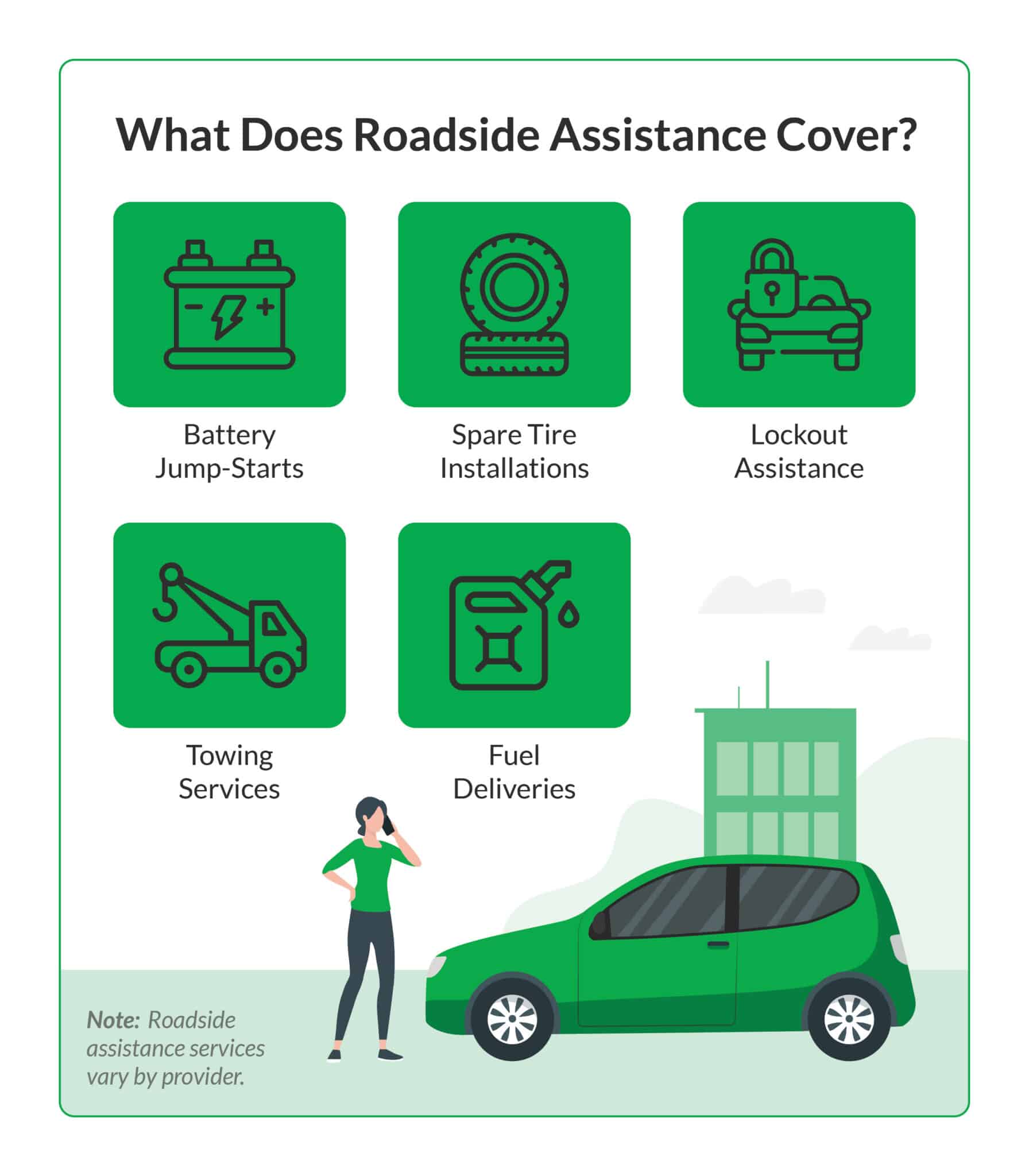The global educational landscape is undergoing a digital revolution today. What was once just a teacher writing on a whiteboard in front of some students sitting on wooden chairs and in a 4 room is now a digitally complex set-up in which the teacher and students are all learning together sitting in their own homes. Technology’s role in the education system is not just limited to classrooms, but rather it is playing an increasingly critical role in all aspects of school operations today.
With everyone interacting online, it becomes essential to find ways to regulate and authenticate the identities of all individuals involved. This is essential to make sure that only the correct individuals are being interacted with. For example, students can easily get other people to sit in their place during online exams. To avoid situations like this, schools are on active lookout for solutions, before they go online.
Digital document verification is a smart solution here that can offer various benefits to schools. Documents Verification is commonly used globally and in many industries for user authentication. For the educational set-up, it is an underutilized tool with great potential to offer efficiency, security, and accuracy to school systems.
Why Do Schools Need To Verify Documents?
Schools frequently require students, parents, and other staff to submit documents. These may be identity cards, educational transcripts, birth certificates, proof of address, police clearance reports, employment histories, etc for enrollment, registration, employment, or other purposes.
Verifying the authenticity and validity of a background, educational, or identity document is critical for several reasons. These include;
Ensuring Student Safety, Especially for Minors
Verification of identity documents helps to ensure the well-being of students. For example, proof of parental contacts and addresses ensures that parents or guardians are within reach in case of emergency. Similarly, confirmation of enrollment information helps to keep track in case of missing students.
While these are examples of students’ verification documents, the collection and authentication of teachers’ and staff’s documents is also essential for child safety. Recently, over 350 child sex offender educators in K-12 schools were arrested. About 75% of these criminals had committed crimes against students. These numbers are horrific, and this is why it is of dire importance for the administration to carry out thorough and stringent background checks and digital document verification on all their teaching and non-teaching staff before hiring and during employment.
Maintaining Accurate Records Via Digital Document Verification
Digital document verification ensures the accuracy of school and data records. It is crucial for academic purposes as well as future opportunities. Often in cases of bright students, academic history is tracked to credit the early educators. This record tracking via digital document verification also helps the police to track missing children.
Verify Documents To Prevent Fraud And Identity Theft
Digital document verification services help to prevent potential misuse of identities by students as well as staff. This is critical for the schools to protect themselves from fraudulent actions and lawsuits. Regular digital document verification or even just biometric verification by thumbprint at entrance and exits can make sure that only authenticated individuals can enter school premises. An impersonator entering a school with access to hundreds of minors can be disastrous. Similarly, school shootings are another reason why daily ID verification is critical.
In online settings, we can use AI document verification to verify the true presence of students in class or on exams. Many times, students may set up images or old video recordings of themselves in front of the camera for online classes/exams.
Complying With Regulations Via Digital Document Verification
Last but not least is compliance with regulatory authorities. Many schools are subject to compliance regulations that require the verification of certain documents. These can include proof of residency etc. for federal funding purposes. Similarly, for student safety, various records might be required.
Oftentimes the regulatory authorities also demand proof of ID documents and employment for diversity quotas. These documents and their proofs can be a good way to stay compliant with such requirements.
The Challenges of Traditional Verification And How Digital Document Verification Curbs Them
Traditionally, document verification involves a series of manual processes. These processes included physically reviewing paper copies, comparing pictures, etc. These tasks demand significant attention, time, and resources. Besides these requirements, traditional verification processes are also prone to various challenges.
- Manual review can lead to human errors such as unintentional mistakes and discriminatory biases. This can potentially impact important information and even students’ careers.
- Physical verification of documents can be time-consuming. This can lead to delays in the processing time of applications and enrolment.
- Requiring physical documents is without a doubt inconvenient for parents and staff. In today’s increasingly digital world, everyone wants to do everything faster and digitally. Digital document verification provides us with exactly that for schools.
With a document checker, you can throw your security concerns out of the winder. Today, AI-based Digital document verification services can carry out all processes with great precision and accuracy.
Conclusion
The digital age demands modern solutions for school management and administration. In such a world, digital document verification is an essential solution and a powerful tool to build security, save valuable time and money, and streamline processes.
Whether schools today actively use it or not, it is only a matter of time before regular document verification for schools becomes a legal requirement. By openly embracing this technology, schools can create efficient, secure, and user-friendly systems for themselves, students, staff, and parents alike.
Please visit my site for more details : Businesstaken


